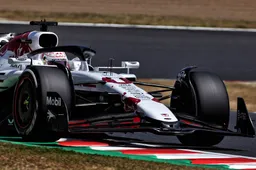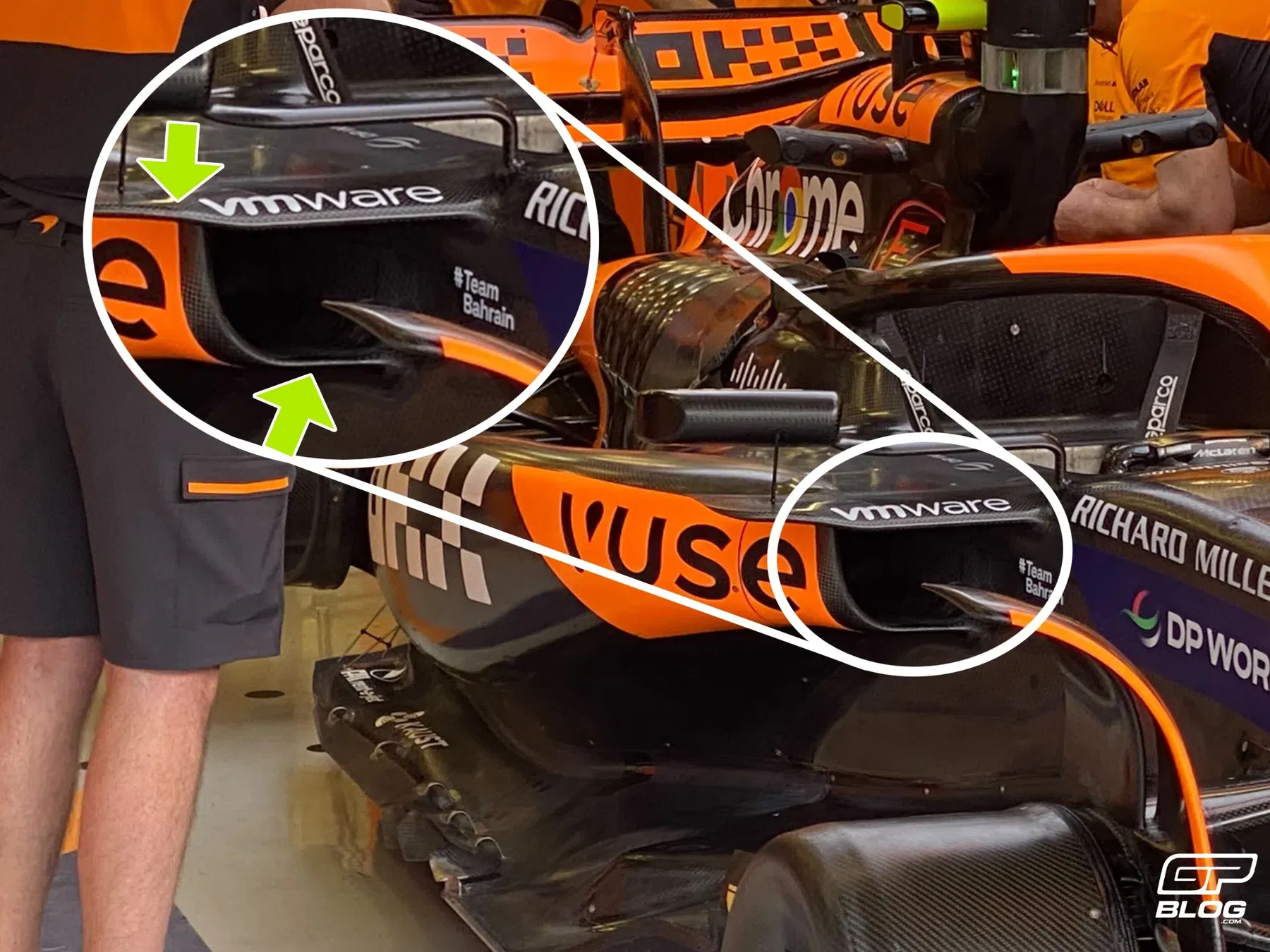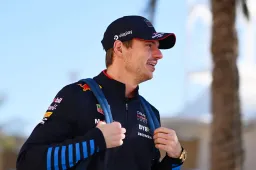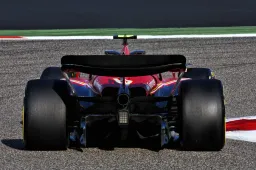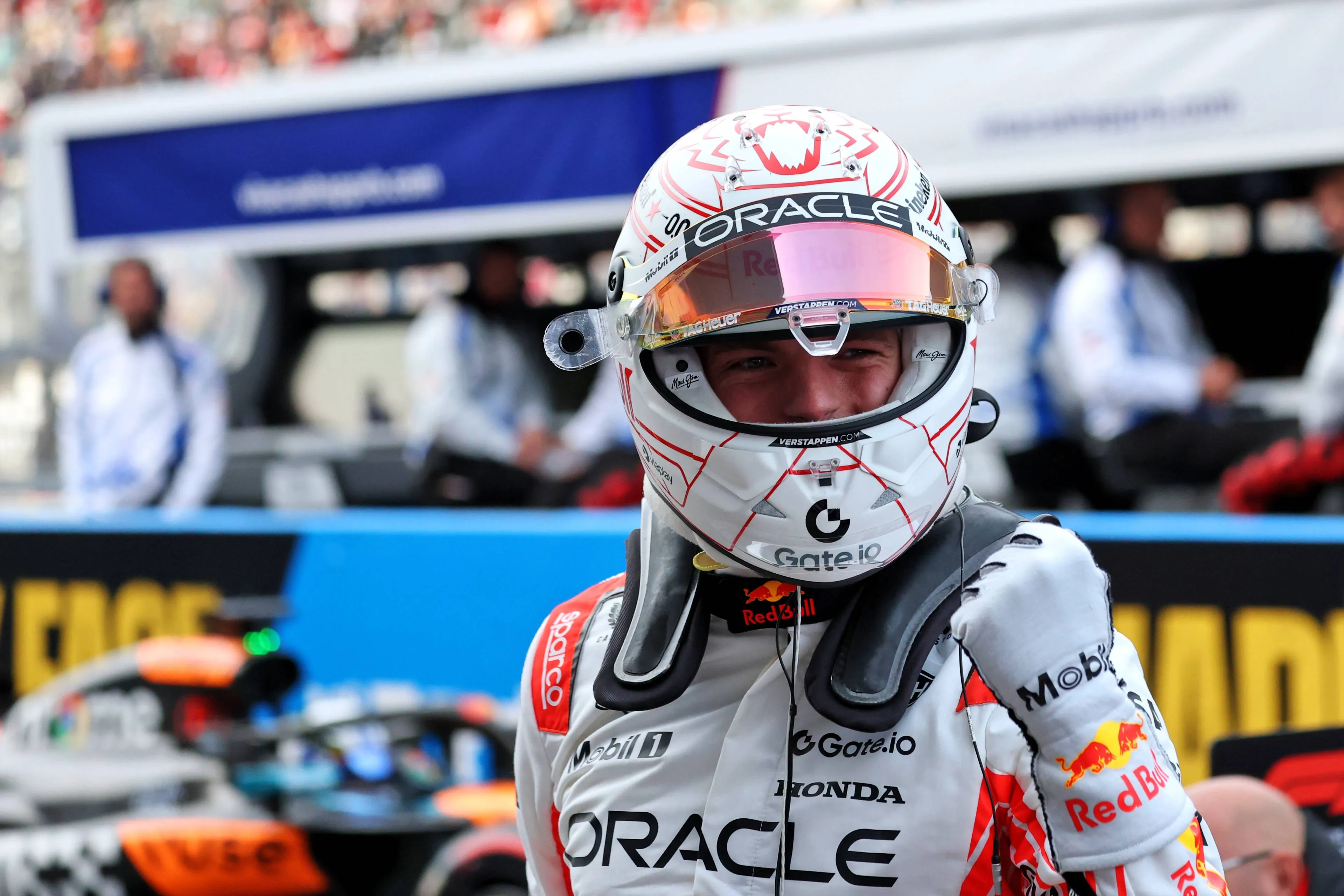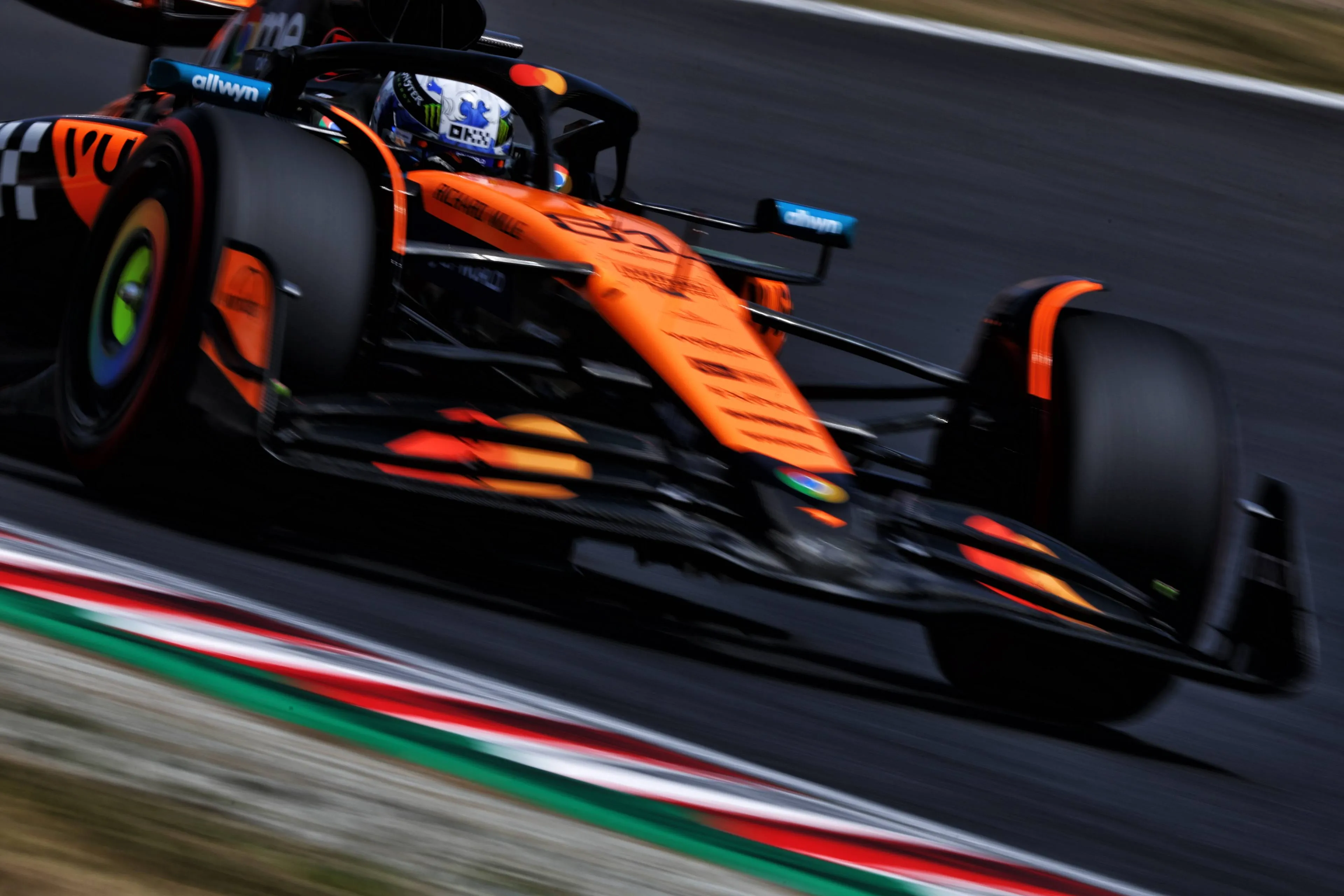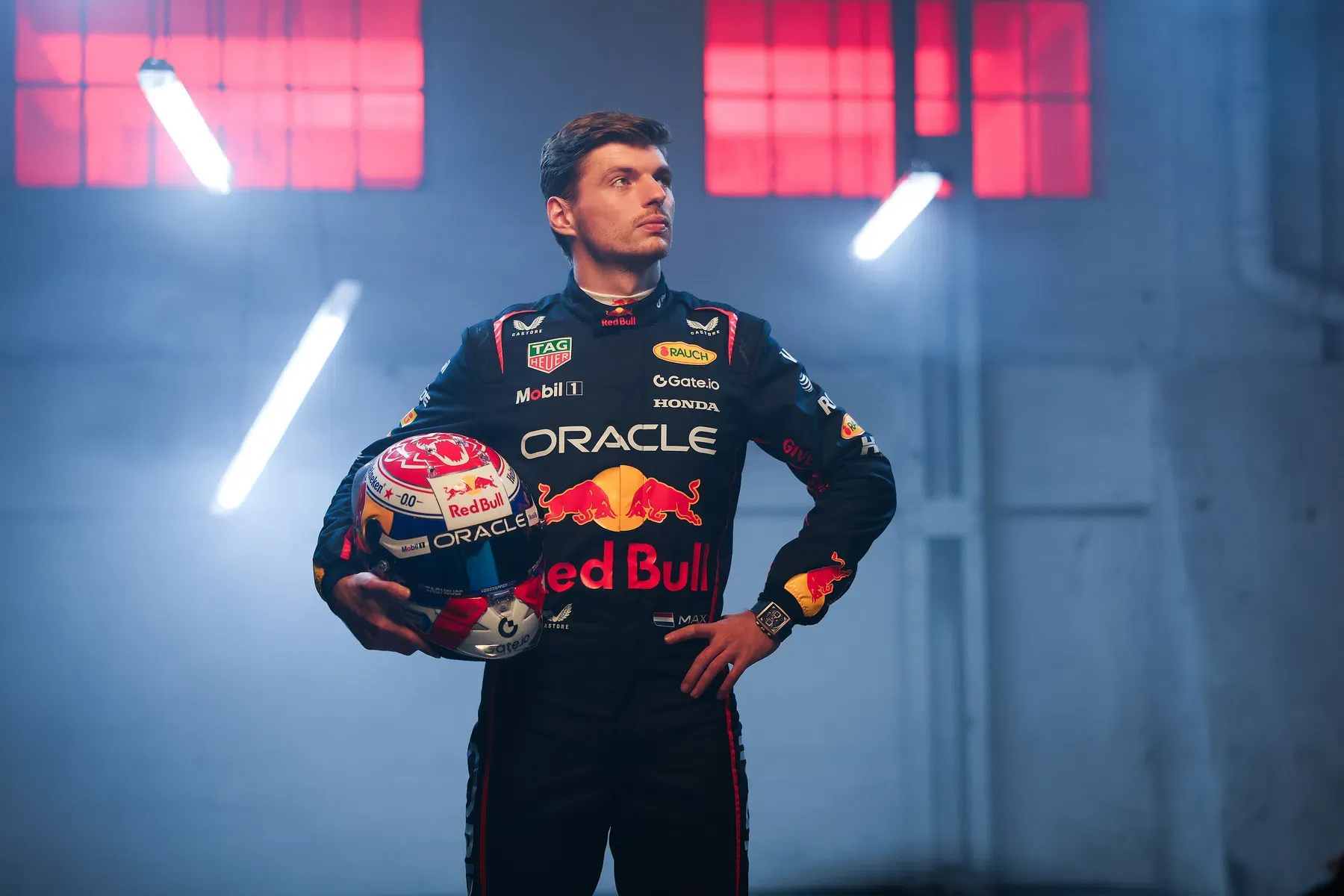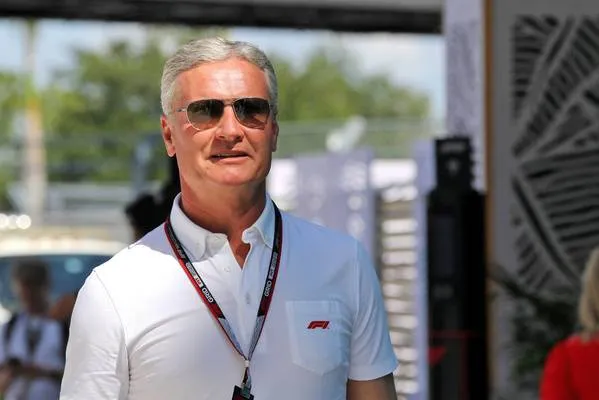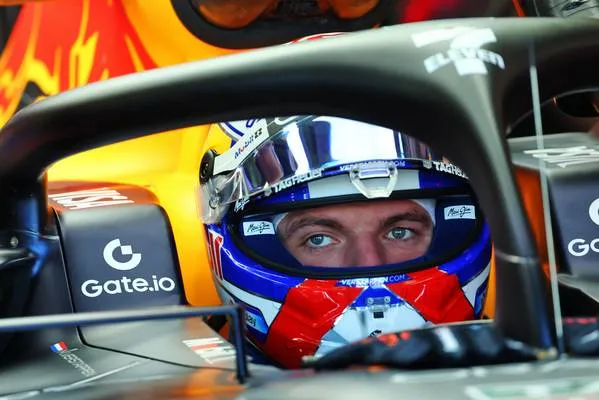Technical Analysis | How McLaren plan on continuing development path
The new MCL38 was hidden very carefully by McLaren until the very start of testing on Wednesday. The goal of the Woking team was to cover the areas of the car that presented particular innovations so that rivals could not start coping them before the start of testing.
The ultimate goal for McLaren is to stay ahead of the competition and close the gap to Red Bull, but that looks set to be a tough task. "What we have seen in our own development is that we seem to be able to keep the gradient of development that we started last year and that led us to Austria Singapore and the launch car development," Stella replied when asked by GPblog whether the gap can be closed.
"So if we keep this development, I can't say we're going to get there but I become more optimistic that we can be in a competitive position. Obviously if Red Bull keep developing at the same level we're never going to meet them. The important thing is that you can actually keep this development over time," he added.
How McLaren plan to stay ahead of the competition
The McLaren MCL38 presents some bold choices both for what concerns the front suspension and the cooling inlet. The pull-rod scheme has been maintained (remember that McLaren, together with Red Bull, are the only team to adopt this scheme from 2022), but the arrangement of the triangles has been completely revisited.
For the upper triangle (purple lines), the front arm has been hooked to the highest point of the chassis, with the rear arm being attached very far away (almost above the floor fences) and positioned much lower to maximise the anti-dive effect. This change aims to reduce the pitch of the car during braking (green dotted line). Furthermore, the location of the lower triangle (blue lines) has also changed, as the front arm is connected to the chassis very far forward, while the rear arm is connected to the chassis very low. Finally, the pull-rod is more horizontal than the previous version (light orange line), mainly for aerodynamic reasons because it frees up more space for air passage between the upper and lower triangles.

All these changes to the front suspension are aimed at improving the car's drivability, a factor that both Oscar Piastri and Lando Norris complained about a lot last season. In fact, they were forced to drive the car in a "non-natural" way to extract performance, complicating the feeling on certain tracks.
Moving on to the cooling inlet, McLaren have adopted a solution in line with what Red Bull have done, in complete contrast with the other top teams. They decided to create a winglet above the cooling inlet, following the path started by Mercedes in 2023. Furthermore, the cooling inlet itself has a square shape. It is very small, positioned in the innermost part near the chassis, to avoid any interaction with the turbulence of the front tyres (arrows greens). This solution allows not only the creation of a large undercut under the cooling inlet but also the obtention of a "tray" which acts as a flow diverter in the central area of the car, directing the flow towards the rear of the car and increasing the downforce generated.
 In conclusion, all these changes are quite innovative. However, they still need to be adapted to improve the car's behaviour and to extract the maximum performance, as Lando Norris himself tried to explain to his engineers after the long run simulations on the second day of testing.
In conclusion, all these changes are quite innovative. However, they still need to be adapted to improve the car's behaviour and to extract the maximum performance, as Lando Norris himself tried to explain to his engineers after the long run simulations on the second day of testing.
Popular on GPBlog
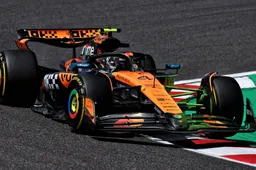
FP3 at Suzuka: Will Verstappen and Red Bull turn their weekend around?

F1 Full Results | Japanese Grand Prix FP3: Norris leads McLaren one-two ahead of qualifying
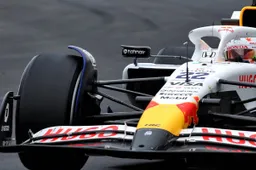
Problems at Racing Bulls: Isack Hadjar experiencing cockpit struggles
